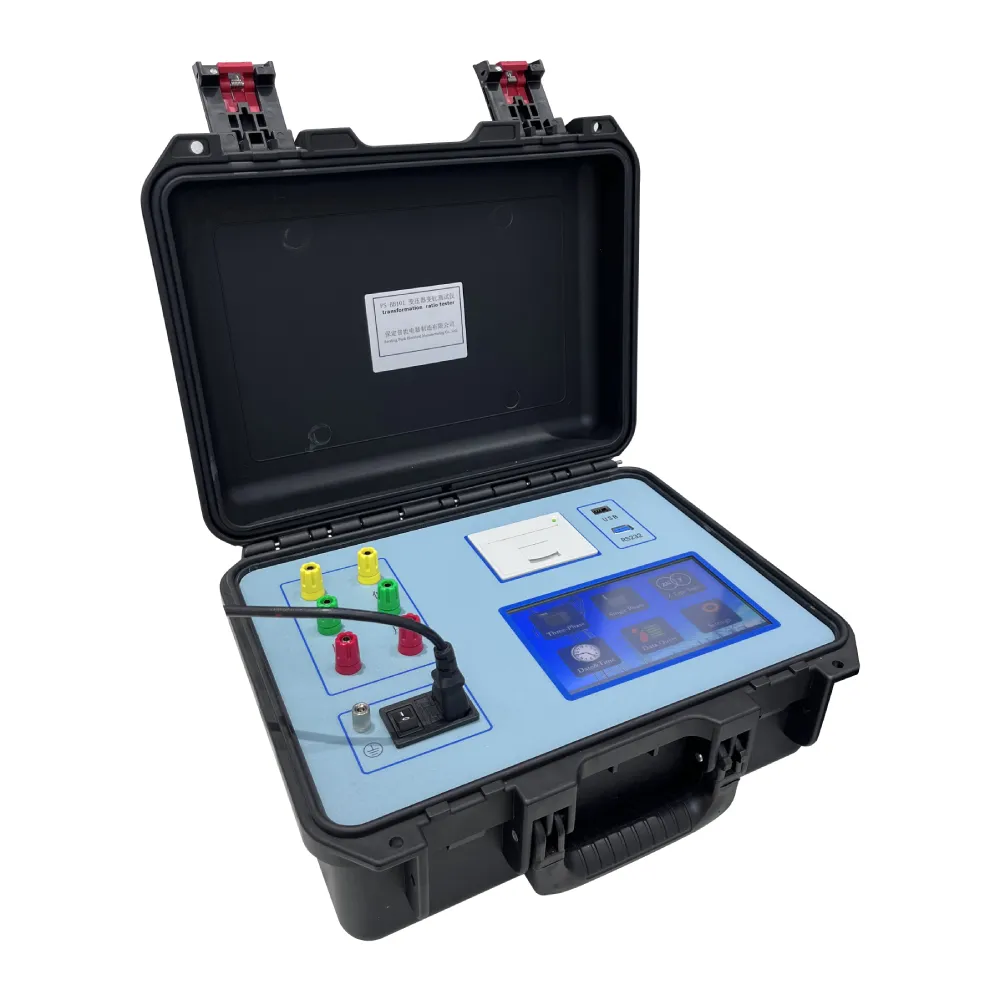 English
English



-
 Afrikaans
Afrikaans -
 Albanian
Albanian -
 Amharic
Amharic -
 Arabic
Arabic -
 Armenian
Armenian -
 Azerbaijani
Azerbaijani -
 Basque
Basque -
 Belarusian
Belarusian -
 Bengali
Bengali -
 Bosnian
Bosnian -
 Bulgarian
Bulgarian -
 Catalan
Catalan -
 Cebuano
Cebuano -
 China
China -
 China (Taiwan)
China (Taiwan) -
 Corsican
Corsican -
 Croatian
Croatian -
 Czech
Czech -
 Danish
Danish -
 Dutch
Dutch -
 English
English -
 Esperanto
Esperanto -
 Estonian
Estonian -
 Finnish
Finnish -
 French
French -
 Frisian
Frisian -
 Galician
Galician -
 Georgian
Georgian -
 German
German -
 Greek
Greek -
 Gujarati
Gujarati -
 Haitian Creole
Haitian Creole -
 hausa
hausa -
 hawaiian
hawaiian -
 Hebrew
Hebrew -
 Hindi
Hindi -
 Miao
Miao -
 Hungarian
Hungarian -
 Icelandic
Icelandic -
 igbo
igbo -
 Indonesian
Indonesian -
 irish
irish -
 Italian
Italian -
 Japanese
Japanese -
 Javanese
Javanese -
 Kannada
Kannada -
 kazakh
kazakh -
 Khmer
Khmer -
 Rwandese
Rwandese -
 Korean
Korean -
 Kurdish
Kurdish -
 Kyrgyz
Kyrgyz -
 Lao
Lao -
 Latin
Latin -
 Latvian
Latvian -
 Lithuanian
Lithuanian -
 Luxembourgish
Luxembourgish -
 Macedonian
Macedonian -
 Malgashi
Malgashi -
 Malay
Malay -
 Malayalam
Malayalam -
 Maltese
Maltese -
 Maori
Maori -
 Marathi
Marathi -
 Mongolian
Mongolian -
 Myanmar
Myanmar -
 Nepali
Nepali -
 Norwegian
Norwegian -
 Norwegian
Norwegian -
 Occitan
Occitan -
 Pashto
Pashto -
 Persian
Persian -
 Polish
Polish -
 Portuguese
Portuguese -
 Punjabi
Punjabi -
 Romanian
Romanian -
 Russian
Russian -
 Samoan
Samoan -
 Scottish Gaelic
Scottish Gaelic -
 Serbian
Serbian -
 Sesotho
Sesotho -
 Shona
Shona -
 Sindhi
Sindhi -
 Sinhala
Sinhala -
 Slovak
Slovak -
 Slovenian
Slovenian -
 Somali
Somali -
 Spanish
Spanish -
 Sundanese
Sundanese -
 Swahili
Swahili -
 Swedish
Swedish -
 Tagalog
Tagalog -
 Tajik
Tajik -
 Tamil
Tamil -
 Tatar
Tatar -
 Telugu
Telugu -
 Thai
Thai -
 Turkish
Turkish -
 Turkmen
Turkmen -
 Ukrainian
Ukrainian -
 Urdu
Urdu -
 Uighur
Uighur -
 Uzbek
Uzbek -
 Vietnamese
Vietnamese -
 Welsh
Welsh -
 Bantu
Bantu -
 Yiddish
Yiddish -
 Yoruba
Yoruba -
 Zulu
Zulu
inductance tester
Understanding the Inductance Tester A Comprehensive Overview
Inductance testers are pivotal tools in the field of electrical engineering and electronic maintenance, used to measure the inductance of inductors and transformers. This article will delve into the fundamentals of inductance testers, their functionalities, and their importance in various applications.
What is Inductance?
Before we explore inductance testers, it is essential to understand what inductance is. Inductance is a property of an electrical conductor that quantifies its ability to induce an electromotive force (EMF) in itself or in a neighboring conductor due to a change in current. Inductance is measured in henries (H), named after Joseph Henry, who made foundational contributions to the field of electromagnetism.
Inductors are commonly used in circuits for various purposes, such as filtering signals, energy storage, and power management. The efficiency and performance of these components depend significantly on their inductance values. Hence, having an accurate means to measure inductance is crucial.
The Role of Inductance Testers
An inductance tester is designed to measure the inductive reactance of coils and inductors very accurately. They can measure a range of inductance values, from small (in microhenries) to large (in henries). Inductance testers typically apply an alternating current (AC) signal to the inductor, and the response is measured and interpreted to yield the inductance value.
Types of Inductance Testers
There are various types of inductance testers available on the market, each with unique features and capabilities
1. Analog Inductance Testers These testers provide a graphical representation of the inductance value, often using a needle on a dial. They are straightforward to use but may lack precision compared to digital models.
2. Digital Inductance Testers Digital testers are more advanced and offer greater accuracy. They display inductance values on a digital screen and may include additional features such as the ability to measure capacitance and resistance. These testers are often equipped with auto-calibration features and can store measurements for future reference.
inductance tester

3. LCR Meters These versatile devices measure inductance (L), capacitance (C), and resistance (R). They are particularly useful for comprehensive evaluations of passive components and can often test at different frequencies, giving engineers a broad view of a component's performance.
Applications of Inductance Testers
Inductance testers are employed in various settings, including
- Manufacturing In the production of electronic components, accurate inductance measurements are essential to ensure quality control. Testers are used in production lines to verify that inductors and transformers meet specified requirements.
- Repair and Maintenance Technicians regularly use inductance testers while troubleshooting electronic devices. If a device malfunctions, measuring the inductance can help identify faulty components.
- Research and Development Engineers and researchers leverage inductance testers when developing new technology, requiring precise measurements for design and testing.
Best Practices in Using Inductance Testers
To ensure accurate measurements with inductance testers, users should follow some best practices
1. Calibration Regularly calibrate the tester to maintain its accuracy. 2. Proper Connections Ensure the tester's probes are securely connected to the component being tested. 3. Environmental Considerations Perform tests in a controlled environment to prevent external factors (like temperature and humidity) from affecting readings. 4. Understanding Specifications Familiarize yourself with the tester's specifications to use it effectively and interpret the results accurately.
Conclusion
In conclusion, inductance testers play a vital role in enabling engineers and technicians to measure and evaluate inductors and transformers reliably. Their importance spans across manufacturing, repair, and research domains, making them indispensable tools in modern electronics. By understanding how to utilize these instruments effectively, users can ensure the reliability and performance of their electronic components, contributing to the advancement of technology.
-
Testing Equipment Industry Sees Major Advancements in 2025: Smart & Precision Technologies Lead the WayNewsJun.06,2025
-
Applications of Direct Current Generators in Renewable Energy SystemsNewsJun.05,2025
-
Hipot Tester Calibration and Accuracy GuidelinesNewsJun.05,2025
-
Digital Circuit Breaker Analyzer Features and BenefitsNewsJun.05,2025
-
Benefits of Real-Time Power Quality Monitoring Devices for Industrial EfficiencyNewsJun.05,2025
-
Earth Fault Loop Testing in High-Rise Building Electrical SystemsNewsJun.05,2025



